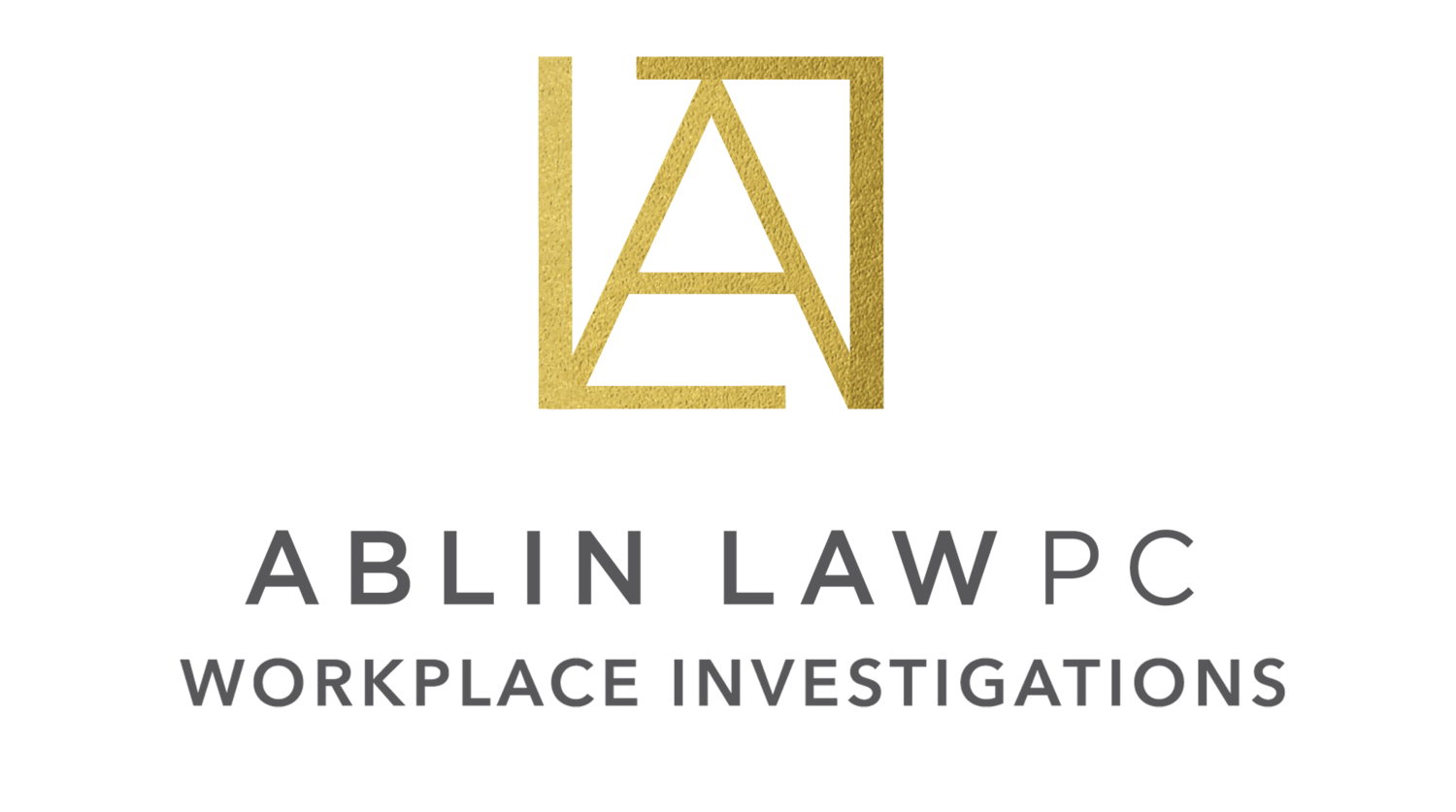Articles by Rachel Ablin, Esq.
What Are the Subtle Signs of Bullying in the Workplace?
Bullying — it’s something we think about when we hear about school children on the playground. However, what you may not be aware of is that...
‘Tis the Season to Prevent Corporate Holiday Party Lawsuits
The holiday season is officially upon us, which means many employers will be hosting their annual holiday parties and year-end celebrations in the...
Social Dilemma: The Role of Social Media in Workplace Investigations
Accusations of wrongdoing, including discrimination, sexual harassment, and bullying do not always take place within the physical constraints of the...
Building Trust and Credibility During Workplace Investigations
Any type of workplace investigation can be fraught with problems and those who report workplace harassment or other types of inappropriate behavior,...
Keeping Independent Investigations Free From Bias
As investigators, what we say and how we say it matters. Whether we think so or not, we all have biases that can impact our decision-making....
Navigating Law Enforcement Involvement During Internal Investigations
It is not uncommon for employers to conduct an internal investigation when an employee is suspected of breaking workplace rules. In cases of such...
Fatal Flaws: The Cost of Errors in Early Investigations
The possibility for errors to occur is present in every investigation and employers must be mindful of that risk, and take deliberate action to limit as many potential errors as possible.
Moving Forward Following He Said/She Said Cases
When you get a complaint in the workplace of harassment or someone is accusing someone else of creating a hostile work environment, it is often easy...
How to Investigate Workplace Bullying Claims
Workplace bullying creates a toxic environment. An employee who feels they are being intimidated, threatened, or humiliated, or some combination thereof will not feel welcome in your workplace, nor will they be able to perform at their maximum potential. The predicament for many employers is how to handle claims of bullying and how to thoroughly investigate these claims.
Questions to Ask During Internal Investigations
In the past, we have discussed why open-ended questions help us conduct more effective investigations when there are allegations of discrimination or harassment. To ensure the investigation is as thorough as possible, you’ll also need to focus on asking specifics – from the complainant about her allegations, from all witnesses involved, and from the subject of the investigation itself.
